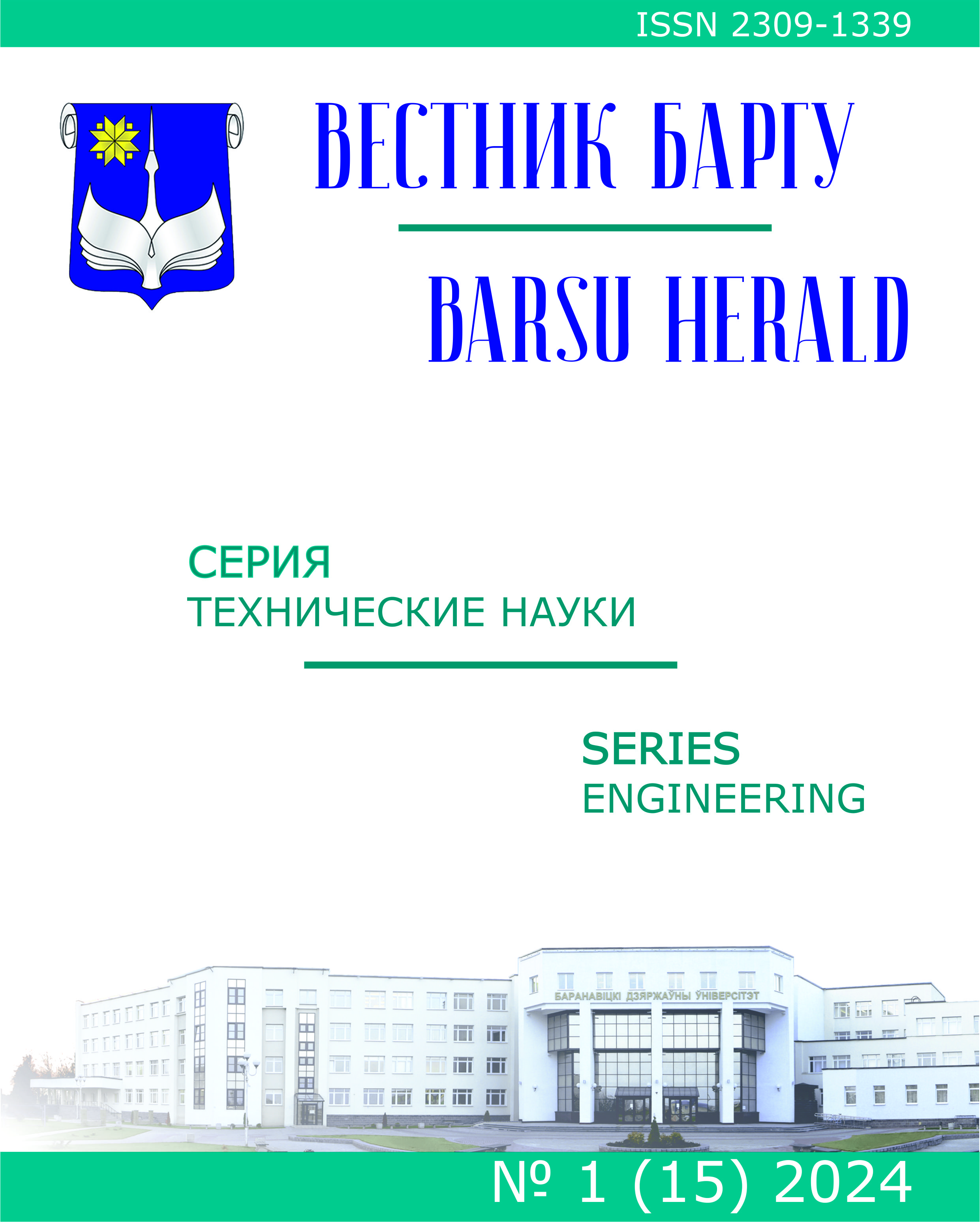МАТЕМАТИЧЕСКОЕ ОПИСАНИЕ КОЛЕБАНИЙ РАСХОДА ЖИДКОСТИ ЧЕРЕЗ РОТОРНО-ИМПУЛЬСНЫЙ КАВИТАЦИОННЫЙ АППАРАТ
Ключевые слова:
роторно-импульсный аппарат, кавитация, уравнение Бернулли, метод Рунге—Кутты, теоретические исследования, MathcadАннотация
Роторно-импульсные аппараты применяются для измельчения различных материалов в жидкости, приго-
товления высокодисперсных суспензий и эмульсий, интенсификации массообменных процессов, гомогенизации
и обеззараживания жидкостей. Существует несколько способов расчета параметров роторно-импульсного
аппарата, однако для реализации любого из них необходимо знать закономерности движения жидкости как
в каналах ротора и статора, так и за пределами аппарата.
Статья посвящена теоретическому исследованию процесса движения жидкости через роторно-им-
пульсный аппарат. В результате исследований выявлена закономерность роста значений амплитуды и периода
пульсаций общего расхода жидкости через аппарат по мере увеличения наибольшего общего делителя чисел
каналов ротора и статора.
Предложена синусоидальная функция Qsin(t) для описания изменений мгновенного расхода жидкости Q
через роторно-импульсный аппарат. Коэффициентами функции Qsin(t) являются средний расход жидкости через
аппарат, амплитуда и период пульсаций. Методами математической статистики установлено, что функция Qsin(t)
имеет сильную корреляционную связь (коэффициент r ≥ 0,85) со значениями мгновенного расхода Q и может
быть использована для определения параметров потока обрабатываемого материала на входе и выходе из
роторно-импульсного аппарата.
Загрузки
Опубликован
Выпуск
Раздел
Лицензия
Copyright (c) 2023 Вестник БарГУ Серия "Технические науки"
Это произведение доступно по лицензии Creative Commons «Attribution-NonCommercial» («Атрибуция — Некоммерческое использование») 4.0 Всемирная.
Авторы сохраняют за собой право заключать определенные договорные соглашения, касающиеся неисключительного распространения опубликованной версии работы (например, размещать ее в институциональном репозитории, публикация в книге) со ссылкой на ее первоначальную публикацию в этом журнале.





